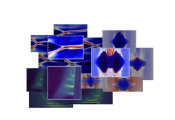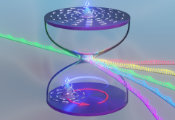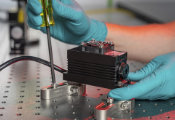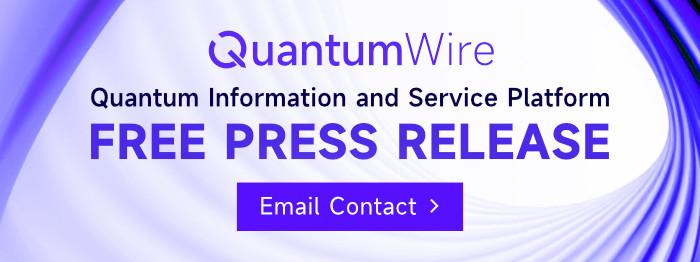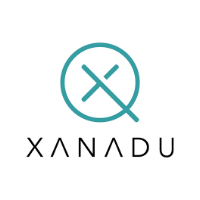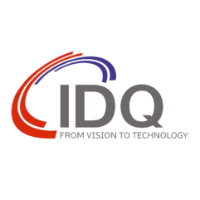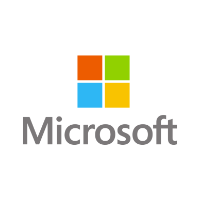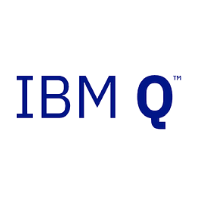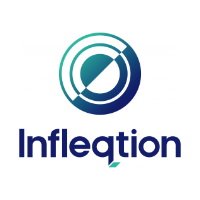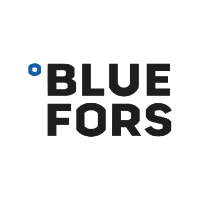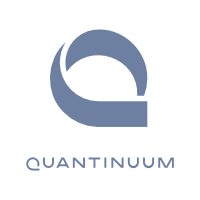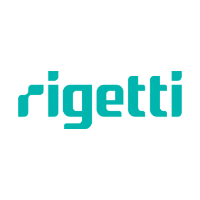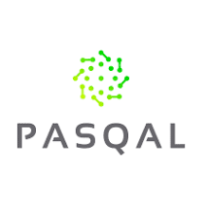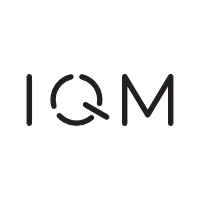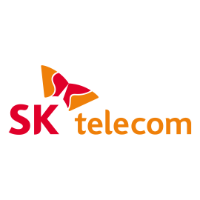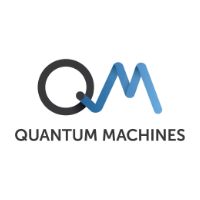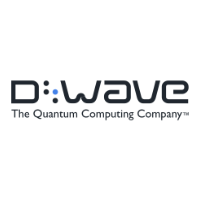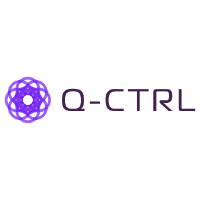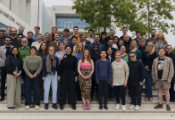SEALSQ Outlines Strategic Steps to Protect Cryptocurrencies With Post-Quantum Technology and Advances NIST Certification With VaultIC 408
September 02, 2025 -- SEALSQ Corp ("SEALSQ" or "Company"), a company that focuses on developing and selling Semiconductors, PKI, and Post-Quantum technology hardware and software products, today announced a comprehensive roadmap to protect cryptocurrencies against the looming threat posed by quantum computing. The Company also revealed that its VaultIC 408 Secure Microcontroller has successfully passed NIST FIPS 140-3 testing at Security Level 3 (overall), further strengthening its leadership in secure IoT and smart grid solutions.
Understanding the Quantum Threat
Quantum computers, once scaled to full capability, are expected to break traditional cryptographic systems that currently safeguard digital assets. This poses a systemic risk to the security and stability of the global cryptocurrency market, with billions of dollars of value at stake.
A particular threat from quantum computers is to public-key cryptosystems (based on classical assumptions). For instance, the ed25519 digital signature scheme is completely broken if a quantum computer solves the underlying discrete logarithm problem.
In contrast, symmetric-key cryptosystems, such as AES block ciphers, do not rely on such mathematical assumptions and are therefore safe from Shor’s algorithm. Nevertheless, due to Grover’s algorithm, any symmetric-key cryptosystem would incur a significant security loss. This can be mitigated rather easily, for example, by simply doubling the key length.
To that end, Hedera and other leading blockchain networks follow the CNSA standard, which is what the US government uses to protect its own Top Secret information. The CNSA standard requires at least 256-bit AES keys (used in TLS connections) and 384-bit SHA-2 hashes. With these larger key sizes, both AES and SHA-2 are generally considered to be safe from future quantum computers, even if they can be built very large.
To address this challenge, SEALSQ is advancing its Post-Quantum Cryptocurrency Protection Roadmap which includes:
- 1. Integration of Post-Quantum Algorithms into Blockchain Protocols
SEALSQ is collaborating with its blockchain partner to embed NIST-selected post-quantum algorithms, including CRYSTALS-Kyber and CRYSTALS-Dilithium, into blockchain infrastructures to secure transaction validation and wallet authentication.
- 2. Hardware-Based Protection for Crypto Wallets
SEALSQ is offering crypto wallets manufacturers to integrate its Quantum resistant secure element chips and Trusted Platform Modules (TPMs).
- 3. Quantum-Resilient Key Management
SEALSQ is rolling out a next-generation Public Key Infrastructure (PKI) platform that integrates quantum-safe certificates to protect private keys used across exchanges and custody services.
- 4. Secure Mining and Staking Systems
Through post-quantum cryptography integration, SEALSQ will secure consensus mechanisms such as Proof-of-Work and Proof-of-Stake against future quantum interference.
- 5. Partnerships and Ecosystem Expansion
SEALSQ is collaborating with blockchain developers, exchanges, and regulators to establish quantum-resilient industry standards, ensuring a coordinated response to the quantum threat.
VaultIC 408 Achieves FIPS 140-3 Security Level 3
As per the UL Labs report, VaultIC 408 meets FIPS 140-3 requirements, advances NIST certification and strengthens SEALSQ’s leadership in secure IoT and smart grid solutions.
SEALSQ’s VaultIC 408 Secure Microcontroller (Module Name: VaultIC408 1.2.4, Hardware Version: AT90SO28RS rev A, Firmware Version: 1.2.4.1) has successfully passed NIST FIPS 140-3 testing at Security Level 3 (overall), as confirmed by a Validation Test Report submitted by UL Verification Services Inc. to the Cryptographic Module Validation Program (CMVP). The module’s status is listed on the CMVP Modules In Process List at NIST CMVP.1
The VaultIC 408 is a state-of-the-art secure microcontroller designed to safeguard connected devices against advanced cyber threats. It integrates hardware-based encryption, authentication, and key management within a tamper-resistant secure element, ensuring robust data integrity and device security. Optimized for IoT and Smart Grid applications, the VaultIC 408 supports low-power, compact designs for smart homes, industrial automation, healthcare, automotive, and digital identity solutions. It secures millions of smart grid hubs for renowned device makers supplying, for instance, the UK’s Smart Metering Implementation Programme (SMIP) and is also deployed in smart locks, drones, and satellite IoT platforms.
Carlos Moreira, CEO of SEALSQ commented, “UL Labs’ report regarding VaultIC 408’s FIPS 140-3 Level 3 compliance validates SEALSQ’s commitment to delivering cutting-edge secure semiconductors. This achievement strengthens our ability to provide trusted solutions for global IoT and critical infrastructure markets.”
The NIST FIPS 140-3 standard is the global benchmark for cryptographic module security, surpassing FIPS 140-2 with stricter requirements for algorithms, physical security, and operational resilience. It is mandated for U.S. federal agencies and widely adopted in energy, healthcare, defense, and financial sectors. UL Labs, accredited by the National Voluntary Laboratory Accreditation Program (NVLAP) under Lab Code 100432-0, conducted rigorous testing to ensure compliance. The submitted Validation Test Report positions VaultIC 408 for final NIST CMVP certification, expected in the coming months.
This milestone reinforces SEALSQ’s leadership in delivering high-security hardware for Internet of Things (IoT) ecosystems, Smart Grid infrastructure, and other critical applications. With the IoT market projected to reach $1.1 trillion by 2030 and the Smart Grid market growing at a 20.8% CAGR through 2032, SEALSQ is well positioned to capture rising demand for secure semiconductors.
Mr. Moreira, concluded, “The cryptocurrency economy and the IoT industry cannot wait for quantum computers to arrive before strengthening defenses. SEALSQ’s post-quantum technologies provide the necessary tools to safeguard digital assets, critical infrastructure, and global communications before existing cryptographic standards become obsolete. By embedding quantum-resistant security at the core of our solutions, we are ensuring that the digital economy of the future remains secure, trustworthy, and resilient. Our mission extends beyond protecting cryptocurrencies and IoT networks. We are building the foundation for a truly quantum-safe world where innovation can thrive without compromise.”





